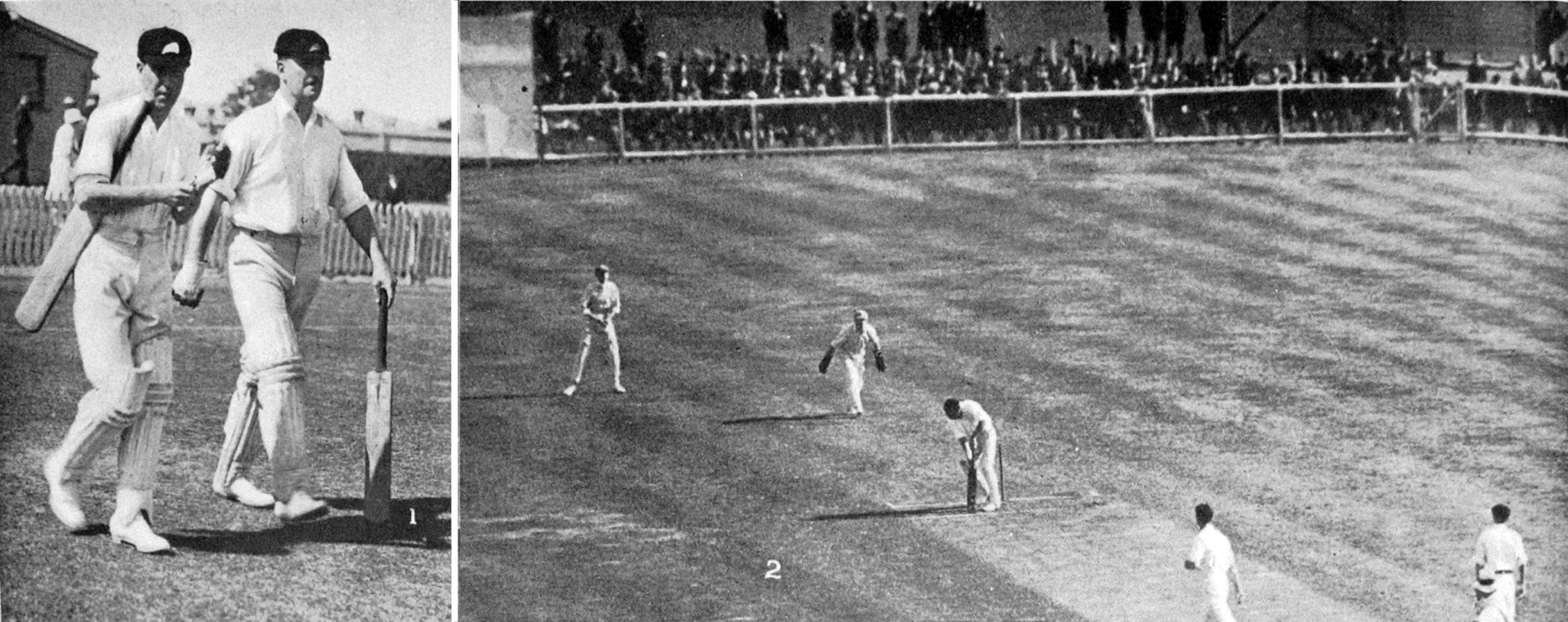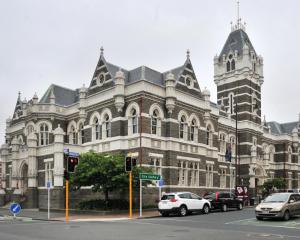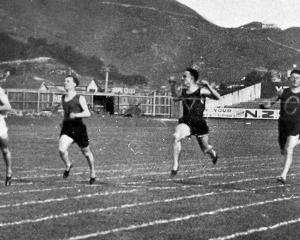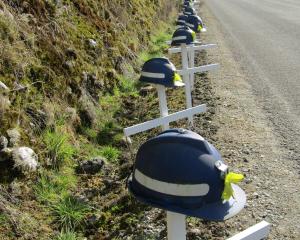

Canners have beef with UK
A recent cable message from London stated that the War Office had handed over a contract for £50,000 for canned meat to a foreign firm, with the explanation that British tenders were outside the margin allowed to the department. This action has aroused dissatisfaction in England and Australia, and the New Zealand packers also resent the action of the British War Office in placing the contract with Argentine packers. A local firm points out that, quite apart from the fact that the sale of the beef is lost to a British dominion, the value of the tin plate and freights are lost to Great Britain herself, and probably if the loss of the two latter items alone were considered, the New Zealand price would work out as cheap, if not cheaper.
Chatham artefacts at museum
The display at the Otago University Museum is becoming increasingly valuable and interesting both by the addition of rare curios from many parts of the world and by rearrangement and improved methods of display. Near the Moriori cases on the ground floor of the Hocken Wing there have recently been placed three karaka tree trunks with curious carvings from the Chatham Islands. In the bark of these can be clearly distinguished the figure of a squatting man with the ribs strongly marked. There may be seen a number of patus or stone weapons usually shaped like a bird. Handles of mata or blubber knives are the only two really old handles of the kind in existence.
Organising against drink
There was a fair attendance at the first meeting of the year of the North-East Valley branch of the Women’s Christian Temperance Union, held in the institute on Thursday. Mrs Peart (president) occupied the chair, and after devotional reading and prayer made an appeal to all to work diligently in the coming year. Former vice-presidents were re-elected with the addition of Mrs Driver and the substitution of Mrs Miller in the place of Mrs Evans. — ODT, 3.3.1924
Compiled by Peter Dowden












